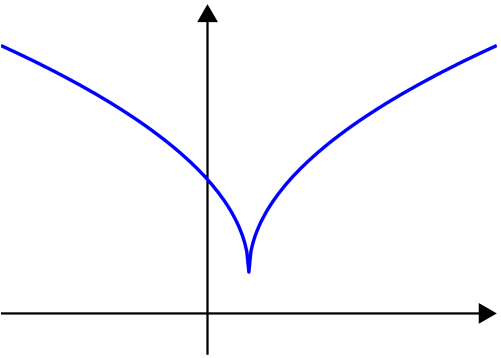


In
mathematics
Mathematics is an area of knowledge that includes the topics of numbers, formulas and related structures, shapes and the spaces in which they are contained, and quantities and their changes. These topics are represented in modern mathematics ...
, a quasiconvex function is a
real-valued
function defined on an
interval or on a
convex subset
In geometry, a subset of a Euclidean space, or more generally an affine space over the reals, is convex if, given any two points in the subset, the subset contains the whole line segment that joins them. Equivalently, a convex set or a conve ...
of a real
vector space such that the
inverse image of any set of the form
is a
convex set. For a function of a single variable, along any stretch of the curve the highest point is one of the endpoints. The negative of a quasiconvex function is said to be quasiconcave.
All
convex function
In mathematics, a real-valued function is called convex if the line segment between any two points on the graph of a function, graph of the function lies above the graph between the two points. Equivalently, a function is convex if its epigra ...
s are also quasiconvex, but not all quasiconvex functions are convex, so quasiconvexity is a generalization of convexity. ''
Univariate''
unimodal functions are quasiconvex or quasiconcave, however this is not necessarily the case for functions with multiple
arguments. For example, the 2-dimensional
Rosenbrock function
In mathematical optimization, the Rosenbrock function is a non-convex function, introduced by Howard H. Rosenbrock in 1960, which is used as a performance test problem for optimization algorithms. It is also known as Rosenbrock's valley or Rose ...
is unimodal but not quasiconvex and functions with
star-convex
In geometry, a set S in the Euclidean space \R^n is called a star domain (or star-convex set, star-shaped set or radially convex set) if there exists an s_0 \in S such that for all s \in S, the line segment from s_0 to s lies in S. This defini ...
sublevel sets can be unimodal without being quasiconvex.
Definition and properties
A function
defined on a convex subset
of a real vector space is quasiconvex if for all
and


 In
In  In
In